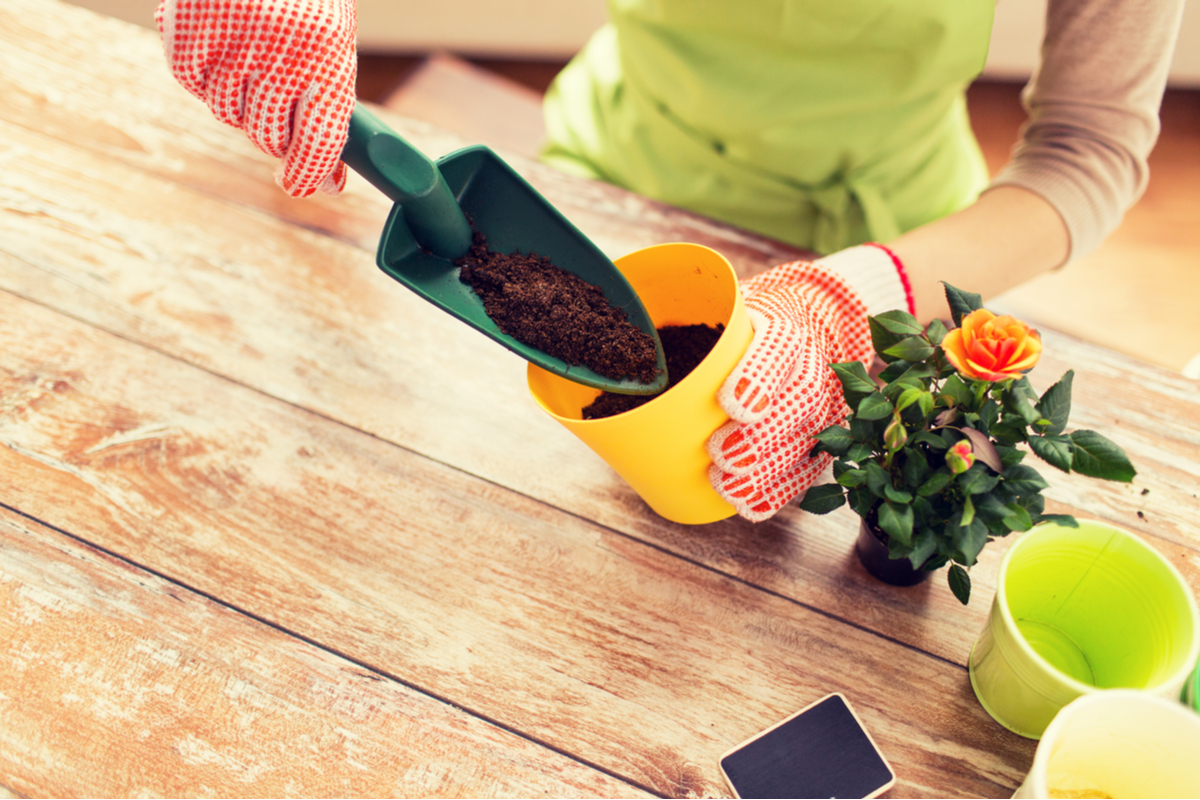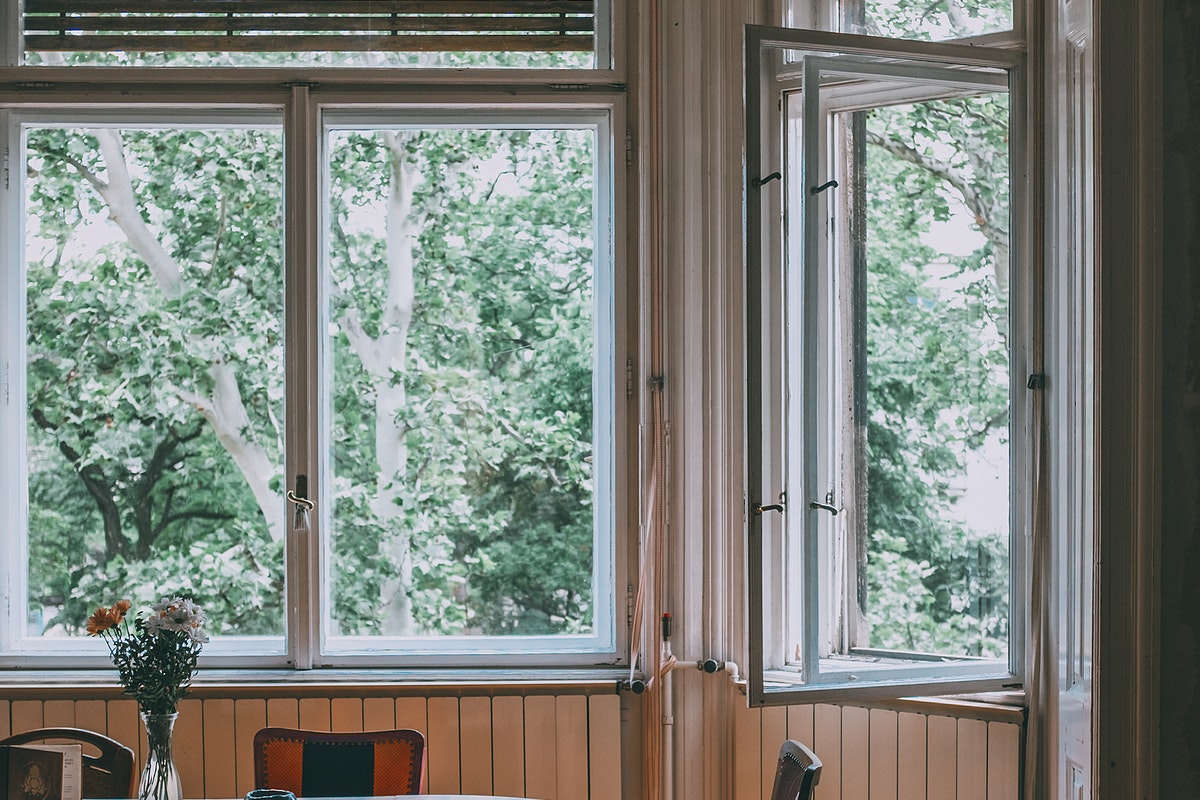In most cases, gnats are little more than a nuisance. For gardeners, though, a gnat infestation can spell devastation. While adult gnats don’t damage plants, the larvae will eat roots and leaves. In large numbers, they can cause serious damage. There are many pesticides on the market, but some plants are sensitive to the chemicals in them. Luckily, there are other options for controlling a gnat infestation, so you can save your plants without scorching their leaves. This guide on how to get rid of gnats in plants will explain everything you need to know.

Soap and vinegar
You can mist or wipe your plant with a mixture of soap and vinegar to kill gnats on the surface, but to get rid of the flying gnats you'll need to make a trap. Here's how to make one.
Step 1: Mix 1 cup of warm water, 1 teaspoon of vinegar, and a few drops of dish soap together in a cup or bowl.
Step 2: Place the cup or bowl near the infested plant(s). The gnats will dive into the trap to get the vinegar, but will be unable to escape.
Step 3: Replace the trap as it fills up with gnats, repeating until the infestation is gone.

Hydrogen peroxide
Hydrogen peroxide is a common household antiseptic, but it's also good for plants. In addition to killing gnats and other small insects, hydrogen peroxide can also kill some bacteria and fungi, and it adds oxygen to the soil. Here's how to use it.
Step 1: Dilute the hydrogen peroxide with water at a ratio of 3 teaspoons of hydrogen peroxide to 1 cup of water.
Step 2: Add the mixture to a spray bottle.
Step 3: Spray your plant with the mixture twice a week until the gnat infestation clears up.

Coating the soil with sand
Gnat larvae live under the soil for the first portion of their lives, but they come to the surface when they become adults. Covering the surface of the soil with a layer of sand prevents the larvae from emerging. This will end your gnat infestation. It prevents a new generation of gnats from being born, as the gnats trapped underground won’t be able to lay eggs.

Repotting your plant
If the infestation is too much, then repotting your plant may be the best option. Here’s what to do.
Step 1: Prepare a new pot with fresh, clean soil. Don’t reuse the old soil, as it may be contaminated with gnat larvae or eggs.
Step 2: Carefully remove the plant from its pot.
Step 3: Brush off as much dirt as possible from the roots.
Step 4: Place your plant in the new pot, adding more soil around it as necessary.
Step 5: Move your repotted plant to a different location, away from any remaining gnat swarms.

Where do gnats come from?
Preventing future infestations is much easier if you can identify where the gnats are coming from. Since they are so small, gnats can often sneak in unnoticed. If you've noticed a recurring issue with gnats getting into your home, you may want to check for cracks or gaps in the walls, especially around doors, windows, or fireplaces. Older homes in particular can develop small gaps overtime that gnats and other pests can enter through. Gnats can also enter through open windows or through the doors as you come and go. Pay extra attention to gaps or cracks in your kitchen, near your houseplants, or near your compost bin, as this is where the gnats are most likely to find a food source. Gnats are attracted to fermented or rotted vegetation, and they're more likely to stay if they find some.
You should also take care when purchasing new plants from a nursery. If the nursery has gnats in it, you may be bringing gnats into your home in the soil of your new plant. Repotting your new plants once you get home, before you bring them indoors, can help prevent this.
Gnats can be irritating, but now you know how to get rid of them. Remember, you can use more than one method at a time, too. These methods will work for other, similar pests as well, so they’re handy to keep around, even if gnats aren’t bothering your plants right now.




